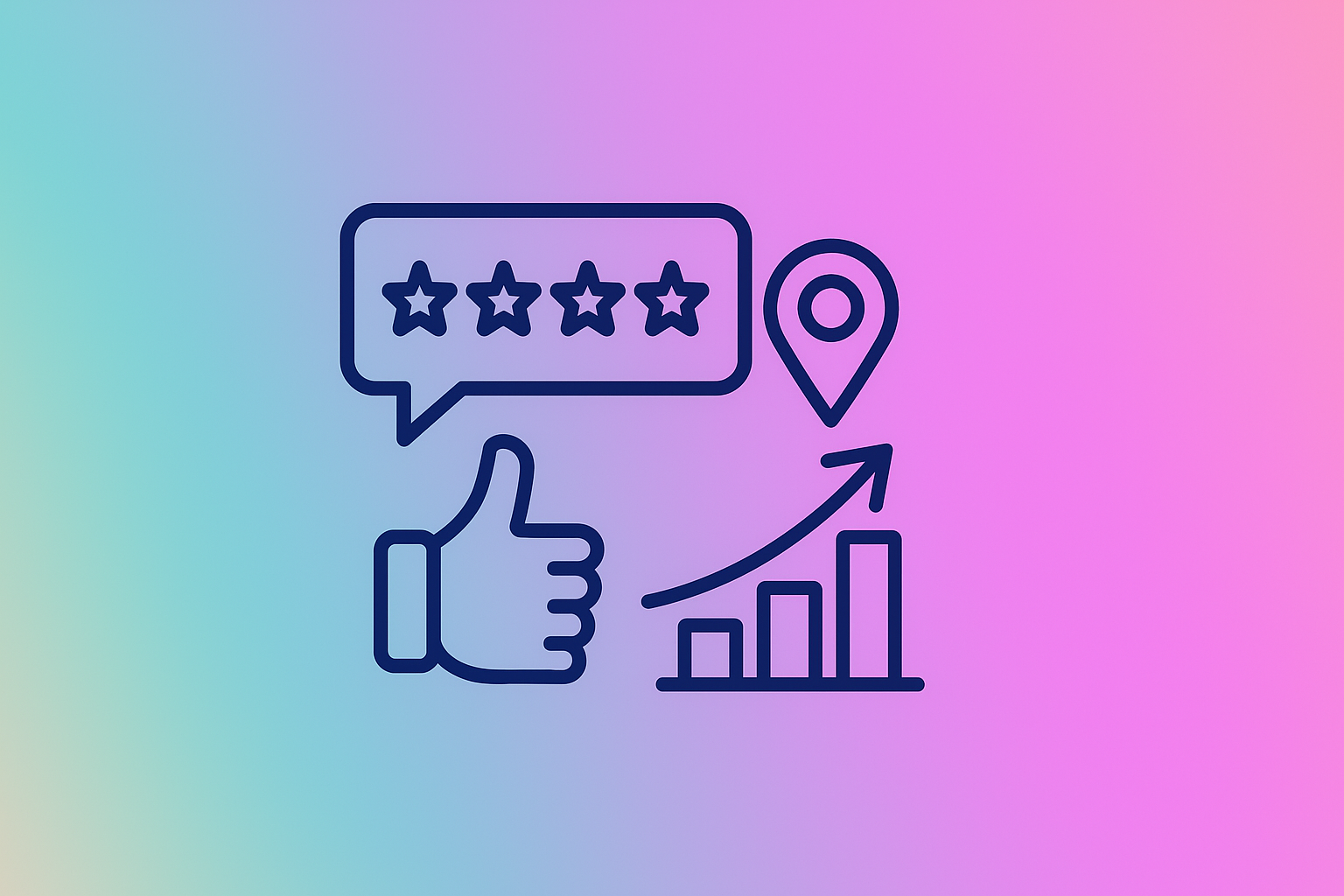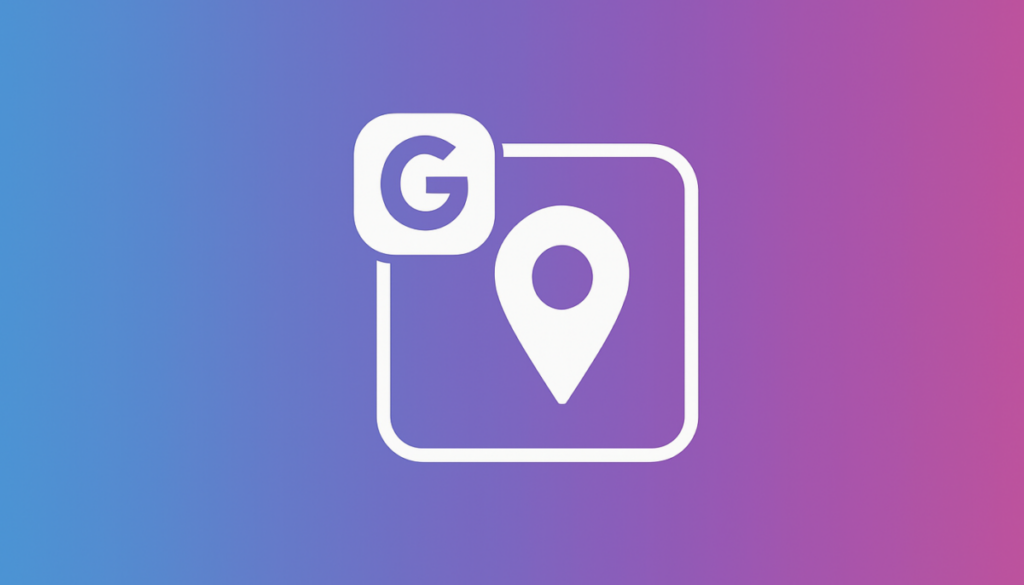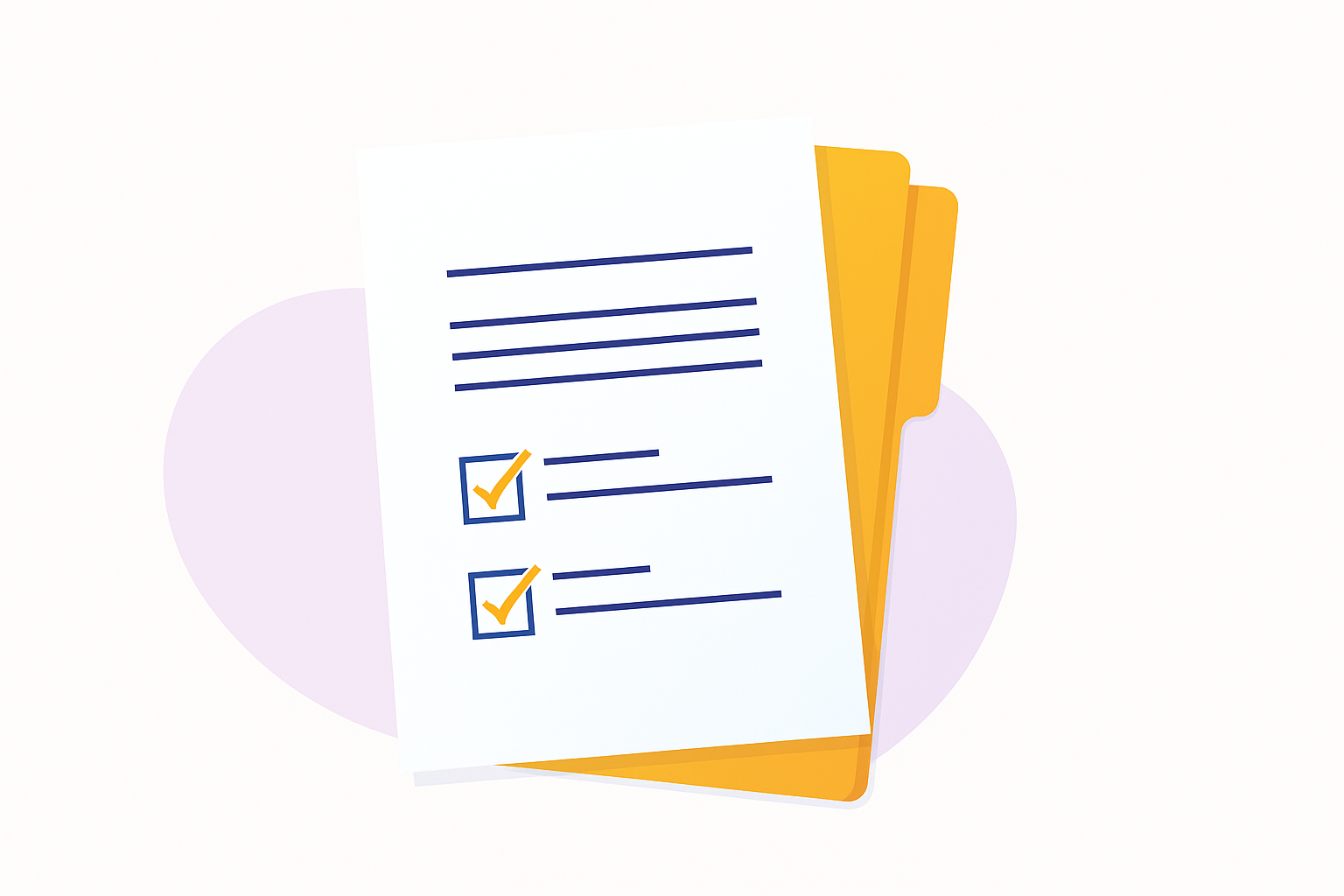Imagine this: A hungry customer searches for “best pizza near me.” If your restaurant doesn’t show up on Google Maps, you’ve just lost a sale. But if your business appears at the top with glowing reviews, detailed photos, and accurate information, you’re one step ahead of the competition.
Google Maps SEO isn’t just about showing up—it’s about standing out. In this guide, we’ll cover smart, refreshing tactics to optimize your business for Google Maps and Local SEO, so your customers can find you faster than ever, whether you’re in New York, Kuala Lumpur, or anywhere else!
Contents
1. Master Your Google Business Profile (GBP) Optimization
Your Google Business Profile (GBP) is the foundation of your Google Maps ranking. A well-optimized profile is like a digital storefront—enticing, informative, and up to date.
Quick Wins to Optimize Your GBP:
- Claim and Verify your listing ASAP. Unverified businesses don’t rank well.
- Use a Keyword-Rich Business Name (without stuffing keywords awkwardly).
- Choose the Right Categories – Your primary category should be your main service (e.g., “Pizza Restaurant”), while secondary categories cover additional offerings (e.g., “Italian Restaurant”).
- Leverage Google Posts – Regular updates signal to Google that you’re active.
- Use the Q&A Section – Ask and answer common customer questions before they do.
Refreshing Point: New Google Feature Alert! Google is experimenting with Experience Ratings, an AI-powered metric that highlights businesses with highly engaging customer interactions. Make sure to engage with customers regularly through updates, reviews, and Q&As!
2. Location Authority & Local Citations
Google determines local rankings by evaluating Location Authority—how trustworthy and established your business appears online.
How to Build Location Authority:
- NAP Consistency (Name, Address, Phone): Ensure your details are the same across all platforms (Google, Yelp, Facebook, etc.).
- Structured vs. Unstructured Citations:
- Structured: Business directories (Yelp, TripAdvisor, Yellow Pages)
- Unstructured: Mentions on blogs, local news sites, and social media
- Geo-Tagging Images: Upload photos with embedded location data to Google Maps.
- Hyper-Local Sponsorships: Partner with local charities or events to earn mentions on neighborhood-focused websites.
Refreshing Point: Use “Neighborhood Keywords”—instead of generic city-wide keywords, get specific (e.g., “Best café in SoHo” vs. “Best café in NYC” or “Best law firm in Petaling Jaya” vs. “Best law firm in Malaysia”). This helps capture ultra-targeted local traffic!
Want more insights? Check out this guide on Local SEO strategies in Malaysia to strengthen your business’s online presence, especially if you’re targeting a Southeast Asian market.
3. Google Reviews: The Untapped SEO Goldmine

Want to rank higher on Google Maps? Get more high-quality reviews.
How Reviews Affect Google Maps Rankings:
- Google prioritizes businesses with more positive and recent reviews.
- Customer responses packed with relevant keywords (e.g., “The best sushi in Brooklyn” or “Top-rated lawyer in Singapore”) boost rankings.
- AI-generated review summaries now influence search visibility.
How to Get More Reviews (Legally!):
- Ask at the Right Time – When customers are happiest (e.g., right after purchase/service).
- Make It Easy – Use QR codes that lead directly to your Google review page.
- Respond to Every Review – Even the bad ones (smart replies improve ranking).
Refreshing Point: Try Video Reviews! Encourage customers to upload short video testimonials on your GBP. Video-based user-generated content is a new trust signal that Google loves!
4. Local SEO Beyond Google Maps: Secret Ranking Factors
Localized Content Marketing
- Create “Best of” and “How-To” blog posts featuring local businesses.
- Example: “Top 5 Family-Friendly Restaurants in [Your City]” or “How to Find the Best Lawyers in London.”
Google’s EEAT for Local SEO (Expertise, Experience, Authoritativeness, Trustworthiness)
- Show off local expertise by publishing case studies, customer stories, or behind-the-scenes content.
- Get featured in local press or blogs for credibility.
Click-Through Rate (CTR) & Dwell Time Matter
- If users click and stay on your business listing longer, Google sees this as a good sign.
- Add engaging images, videos, and an FAQ section to keep them engaged.
Refreshing Point: Optimize for Google Lens! People are now using Google Lens (image search) to find local businesses. Rename and tag your images properly (e.g., “Vegan café downtown LA” or “Corporate trust services Malaysia”) to appear in these searches!
Looking for a complete SEO approach? Learn more about SEO services in Malaysia to boost your business’s online presence in emerging markets.
5. Advanced Strategies: AI & Automation in Local SEO
AI-Powered Chatbots for Local Engagement
- Use chatbots on your website and social media to answer FAQs and direct users to your GBP.
Automating Google Posts & Updates
- Tools like Publer, Sendible, or OneUp let you schedule GBP posts in advance.
Voice Search Optimization
- Optimize for conversational queries like “Where’s the best Thai restaurant near me?”
- Use long-tail, natural language keywords to rank in voice search results.
Refreshing Point: Use AI-Powered Heatmaps! Analyze where customers click most on your Google listing and optimize those sections (e.g., improve photos or add special offers near high-click areas).
Conclusion
Google Maps SEO is constantly evolving, and businesses that stay ahead of trends get the most visibility, customers, and revenue. Here’s a quick recap of the key takeaways:
✔ Optimize Your Google Business Profile – Keep it active with posts, reviews, and engagement.
✔ Strengthen Your Location Authority – Maintain consistent NAP and use hyper-local keywords.
✔ Leverage Reviews – Get quality reviews and experiment with video testimonials.
✔ Create Local Content – Publish neighborhood-specific blogs and guides.
✔ Adopt Advanced SEO Strategies – AI, automation, and voice search optimization are the future.
Next Step: Implement at least one of these tactics this week, and watch your Google Maps ranking climb!
Want more advanced SEO tips? Stay tuned for more.
Shahzad Ahmad Mirza is a web developer, entrepreneur, and trainer based in Lahore, Pakistan. He started his career in 2000 and founded his web development agency, Designs Valley, in 2012. Mirza also runs a YouTube channel, “Learn With Shahzad Ahmad Mirza,” where he shares his web programming and internet marketing expertise. He has trained over 50,000 students, many of whom have become successful digital marketers, programmers, and freelancers. He also created the GBOB (Guest Blog Posting Business) course, which teaches individuals how to make money online.




